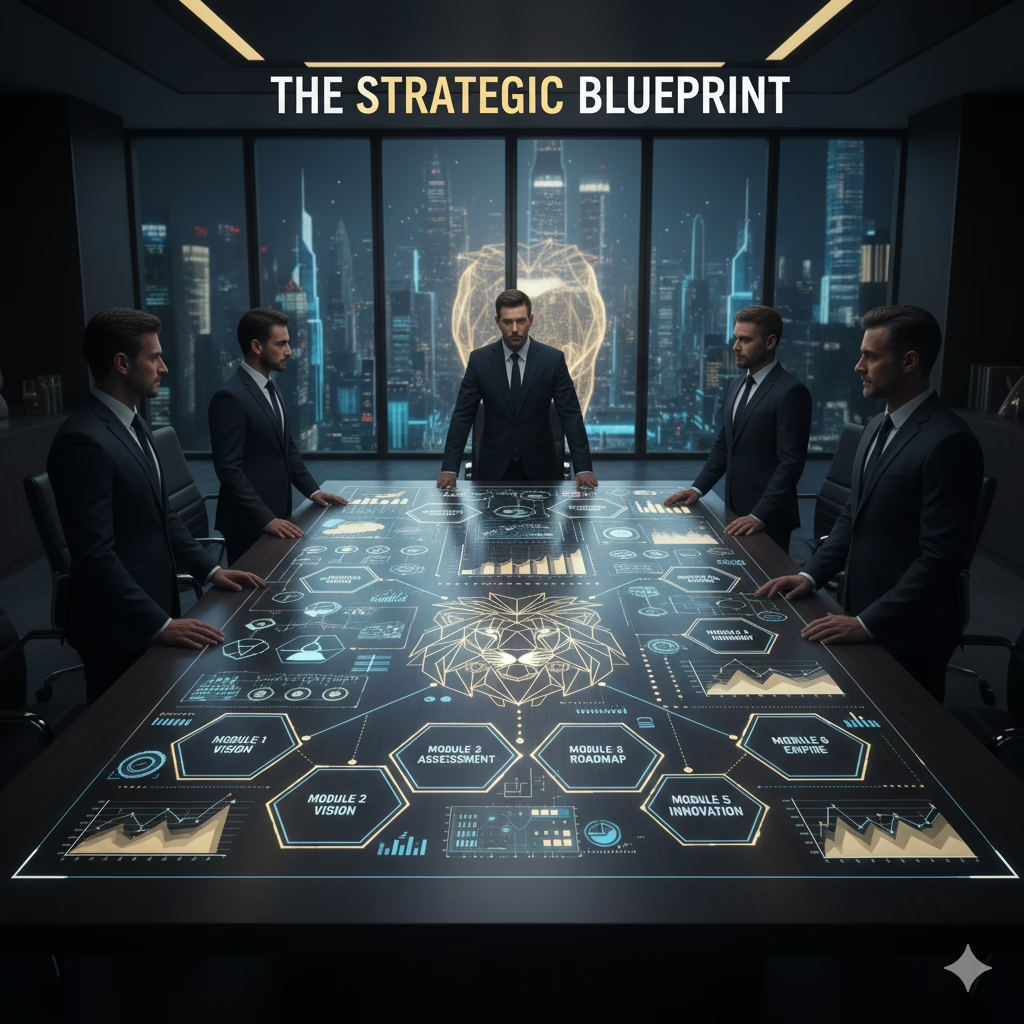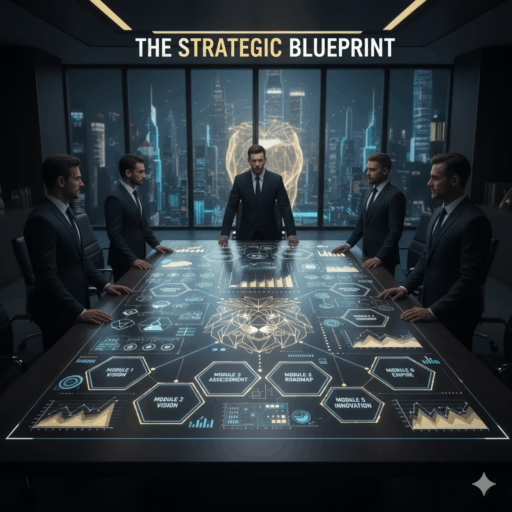Table of Contents
The mandate has been issued from the top: “We need to digitally transform.” It’s the defining challenge for leaders in the 21st century. Billions are invested, special teams are formed, and yet, the sobering reality remains: over 70% of these large-scale initiatives fail to deliver their intended value. They become expensive exercises in futility, leaving behind a trail of disillusioned employees and a C-suite wondering what went wrong.
But what if the reason for this colossal failure rate has nothing to do with technology?
The common mistake is to view digital transformation as an IT project. Leaders get obsessed with the tools—a new CRM, a cloud migration, an AI pilot—while remaining completely blind to the purpose. This isn’t strategy; it’s just expensive, unfocused activity.
A successful transformation isn’t about buying new tech. It’s about architecting a new way of operating, thinking, and delivering value. Before you spend another dollar on software, you must understand the real, underlying reasons why digital transformations fail.
The Real Killers of Transformation: It’s Strategy, Not Software
Most failing transformations exhibit the same fatal symptoms. They aren’t technical issues; they are catastrophic failures of leadership and strategy.
1. The Vision is Corporate Poetry, Not a North Star: A common culprit is a vague, meaningless vision statement like: “Leveraging next-generation technology to drive synergistic value.” This inspires no one and guides nothing. A true vision is a crystal-clear, emotionally resonant picture of a future destination. If an engineer has to choose between two features, does your vision make the right choice obvious? If not, it’s a liability, not a vision.
2. The “Big Bang” Fallacy: The amateur leader tries to boil the ocean. They launch a massive, multi-year project to fix everything at once. Predictably, the project gets bogged down in complexity, consumes enormous resources with no visible return for years, and exhausts the organization’s political will. Momentum is the currency of change, and you can’t create it with a five-year march.
3. Buy-In is Assumed, Not Earned: A CEO announces the plan in a town hall and expects everyone to fall in line. This is a profound misunderstanding of human psychology. Logic does not drive action; emotion does. Without a compelling narrative that addresses the unspoken question in every employee’s mind—”What’s in it for me?”—you get superficial compliance at best, and active resistance at worst. Transformation is a political campaign you have to win.
4. The Budget is an IT Line Item, Not a Strategic Investment: When the budget is treated as a monolithic block of cash for the IT department, you’ve already lost. Resource allocation is the most honest expression of your strategy. If 90% of your budget is spent on back-end infrastructure while your vision is about customer experience, your real strategy is infrastructure maintenance, not customer obsession.
The Antidote: A System for Victory, Not a Recipe for Failure
So, how do you join the 30% that succeed? You stop treating transformation as a project and start leading it like a strategic campaign. You need a system—a blueprint that replaces chaos with clarity.
This involves a ruthless, step-by-step approach:
- Diagnose First: Start with a brutally honest assessment of where you are right now. No wishful thinking.
- Architect a Real Vision: Craft a destination so compelling it creates its own gravity.
- Build a Roadmap: Translate the vision into a concrete plan, prioritizing quick, high-impact wins to build unstoppable momentum.
- Secure Unbreakable Buy-In: Build a coalition and create an investment case that’s impossible to ignore.
This is not easy. It requires discipline, courage, and a proven framework. It requires a playbook.
Integrating AI and Automation into Your Strategy
A core component of any modern digital transformation strategy is the intelligent integration of technology like AI and automation. This isn’t about chasing trends; it’s about building an operational engine so efficient that your competitors look like they’re operating in the Stone Age. By automating repetitive tasks, you free your most valuable asset—your people—to focus on high-value work. To dive deeper into this, the AI-Powered Business Automation Playbook provides a system for building your digital workforce.
Furthermore, equipping your team to communicate effectively with these new technologies is crucial. Understanding how to “speak” to AI is no longer a niche skill; it’s a core competency. Our Prompt Engineering Guide for Non-Techies makes this complex topic accessible to your entire organization.
Your Legacy is Forged Now
Digital transformation is not a defensive move to keep pace. It is an offensive strategy to dominate your market. Understanding why digital transformations fail is the first step to ensuring yours succeeds. The second is arming yourself with the right plan.
Stop reacting. Stop managing disconnected projects. Start leading a strategic conquest.
The playbook is complete. The systems are yours. The mandate is to execute.






